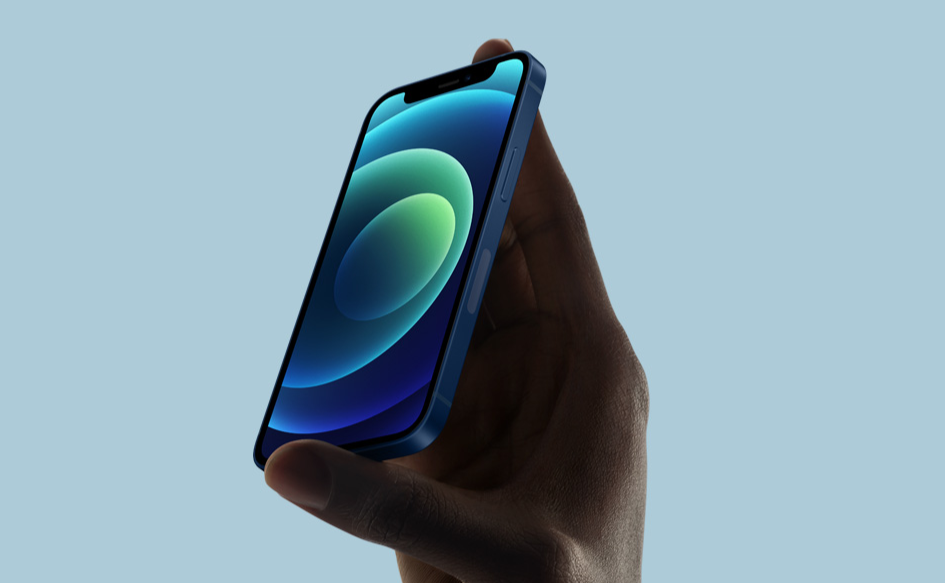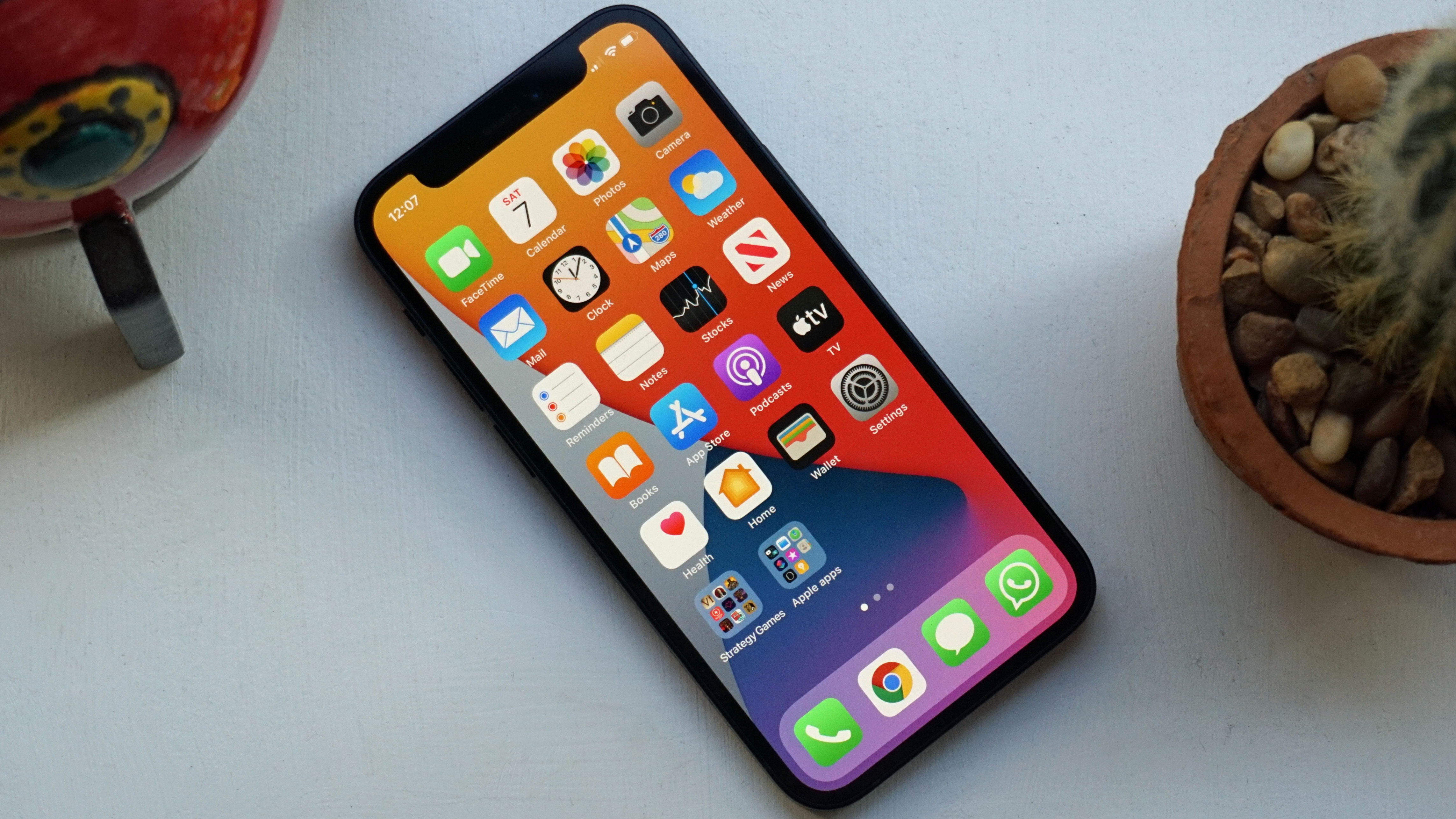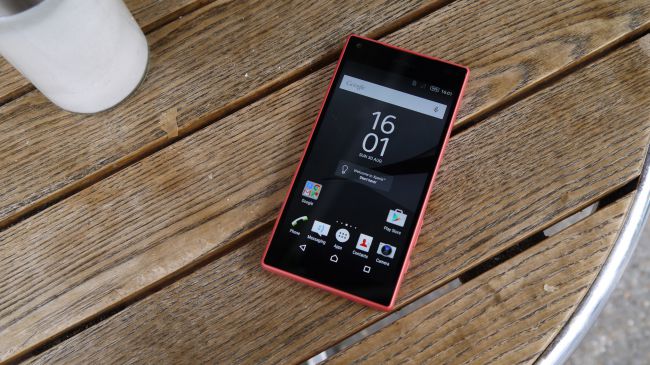Could the iPhone 12 mini mean we get more small, but premium, Android phones?
Are new phones set to shrink back down?

Small phones don’t necessarily have to be lesser than their bigger counterparts. There’s no rule that top-end spec has to be just for phones with larger displays, and that’s been made clear in Apple's iPhone 12 family with the introduction of the iPhone 12 mini.
As smartphones have grown in size, especially over the last five years, manufacturers have forgotten about smaller devices with easy-to-hold designs and displays where you reach every corner with just one hand.
Instead, phone manufacturers have looked toward phones with larger screens, bigger cameras and just a larger overall footprint to squeeze in new top-end technology.
There are great benefits to larger phones, but it cuts out a significant part of the market. What happens if you want a top-end camera and chipset, but you have small hands? Exactly how many people are looking for smaller phones is unclear, but anecdotally we hear often that people don't just want a large phone in their pocket.
Apple introducing the iPhone 12 mini - a phone with almost exactly the same spec as the iPhone 12 - may be set to spur a trend toward smaller phones. So how likely is it we'll soon see the Android phone market follow suit?

Apple's iPhone is rarely the first to bring new innovations to market, but it does have a big impact on the rest of the phone space. For example, the iPhone 7 was the first mainstream phone to drop its 3.5mm headphone jack.
Android phone makers all over the world watched as the company claimed it took ‘courage’ to make the move, and then a lot of those companies followed in the years to come.
Get daily insight, inspiration and deals in your inbox
Sign up for breaking news, reviews, opinion, top tech deals, and more.
Now, almost all the devices on our best smartphone list lack a 3.5mm headphone jack. That's a trend across the vast majority of the market, and it's generally justified as a way to free up space within a phone for extra components such as a bigger battery.
Not every Android manufacturer has dropped the 3.5mm headphone jack, but a large majority of the top-end phones that you can buy no longer feature the technology and it’s undeniable that Apple was the first major player to make that leap.
The Apple effect
So could the introduction of a smaller iPhone mean similar for Android over the coming months and, even more likely, the next few years?
Ben Wood, Chief of Research at CCS Insight, told TechRadar, “I think there is little doubt that there will be a team of engineers and designers working in every phone maker on a mini-variant of their flagship smartphone range for 2021.
“Where Apple goes, others tend to follow and given how successful we expect the iPhone 12 mini will be, we believe other phone makers will feel compelled to join the party.”
This isn’t the first time we’ve seen phones from a major manufacturer that sport top-end spec in a shrunken size. For example, Sony Xperia Z Compact line offered similar spec to the flagship model but in a smaller form.
The Sony Xperia 5 II offers a similar idea to the Compact models - something we haven’t seen for a few years now - but the branding has been dropped, and with a 6.1-inch 21:9 display this isn't likely to be classed as small by everyone.

Wood said, “Sony should be given credit for being an early pioneer in this area. It had 'mini' version of the Xperia range back in 2011.
“It then went on to have “compact” versions of its Xperia devices in future. Sadly these were never a massive commercial success but the company was certainly ahead of its time.”
Is it just that smaller phones don't sell as well? There must be a reason Sony doesn't offer its Compact line of devices anymore but the company has yet to comment on the decision publicly.
All the top manufacturers conduct masses of market research to determine how big a phone should be, and a lot of the features people want from their modern phones come on larger devices.
Battery life is often cited as a top concern for buyers of new smartphones, and larger devices generally offer a longer-lasting life as there is more room to pack in larger battery cell.
It's also often more profitable for a company to sell a larger phone that can go for a higher price than a smaller device that many expect to come at a lower price.
So far, we’ve yet to hear of smaller flagship Android phones through leaks and rumors of upcoming devices, but that doesn't mean the Android market won't start to embrace smaller phones again.
If you’re after a smaller Android phone, you're unlikely to buy the iPhone 12 mini but its very existence may make Android manufacturers sit up and take notice.
Only time will tell if this will happen, but there is a genuine chance that those who want a miniature Android phone with top-end spec may be set to have more choice on the market in years to come.
James is the Editor-in-Chief at Android Police. Previously, he was Senior Phones Editor for TechRadar, and he has covered smartphones and the mobile space for the best part of a decade bringing you news on all the big announcements from top manufacturers making mobile phones and other portable gadgets. James is often testing out and reviewing the latest and greatest mobile phones, smartwatches, tablets, virtual reality headsets, fitness trackers and more. He once fell over.
